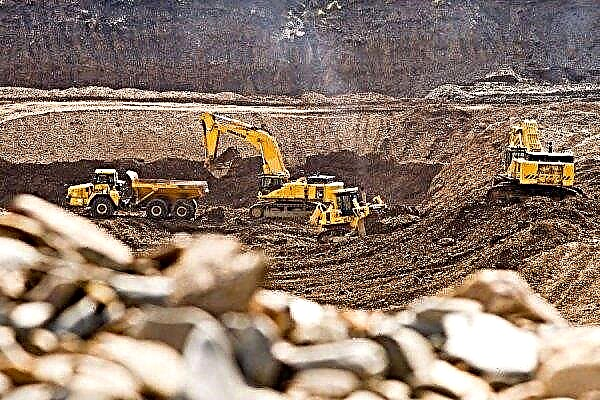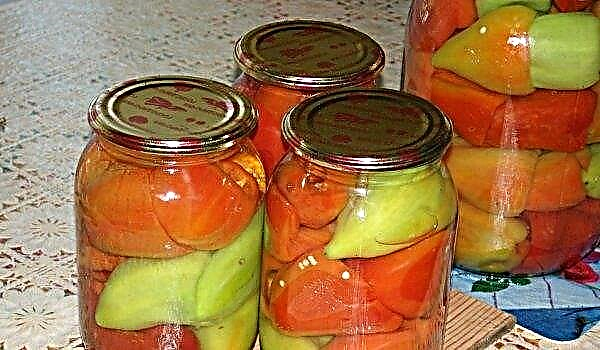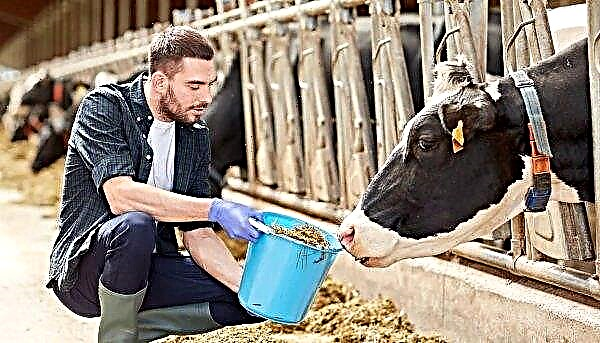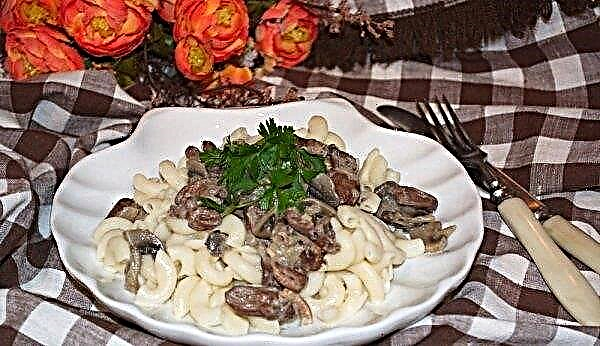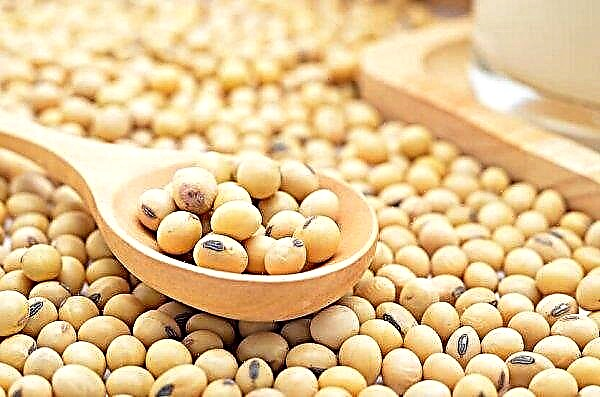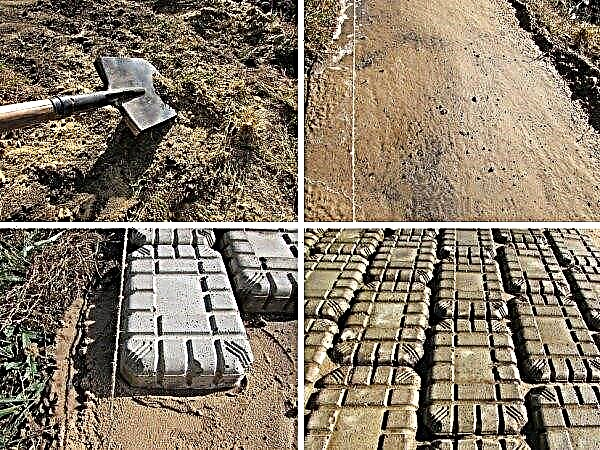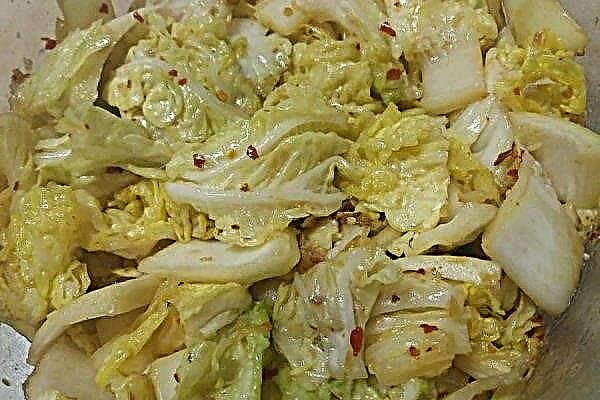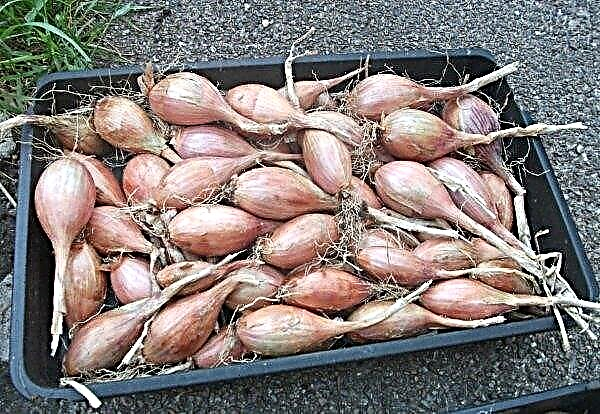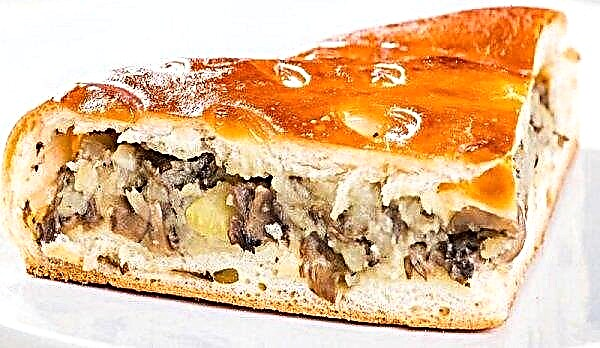Insulation of the chicken coop is a necessary measure to maintain a healthy state of birds in the winter. The health and egg laying of chickens depend on the optimum temperature. There are several ways to heat the chicken coop, which should be familiar to the poultry farmer.
The importance of insulating the chicken coop
Coop heating is an extremely important nuance in winter bird care.
The temperature in the premises for chickens during the cold season should be in the range +12 ... + 15 ° С. Allowed fluctuations up to + 10 ° C and + 18 ° C. When frosts occur, such temperature indicators cannot be stored indoors without additional measures. This is precisely the importance of insulating the chicken coop.
If the farmer prefers to leave the chicken coop in its summer form for the winter, the situation is likely to turn out not in the best way. The worst result will be overcooling of birds, which, in turn, leads to a number of other negative consequences.
Among them are the following:
- cessation of weight gain by birds or its reduction;
- decrease in egg production;
- higher susceptibility to infectious diseases;
- deterioration of the immune system.

Methods for heating the chicken coop in winter
You can insulate the chicken coop in a natural or artificial way. Each of them has its own advantages.
Important! For winter keeping of chickens ventilation is extremely important. Ensuring air circulation in the chicken coop should be considered regardless of which heating method was chosen.
Natural method
The simplest method of warming is to provide natural heating. It consists in performing insulation work, which subsequently will allow you to keep heat in the room.
The list of measures for natural heating include:
- sealing gaps in the walls, floor, ceiling, window openings and doors;
- wall insulation with special materials, for example, polystyrene foam or mineral wool;
- ceiling reinforcement with roofing material;
- laying on the floor a 10-centimeter layer of litter from sawdust, hay or peat.
The advantage of this method is its relative cheapness. So, the owner of the chicken house does not need to spend additional funds to pay for electricity and buy expensive appliances.
Natural warming also means a one-time work before the winter or even during the construction phase, which significantly saves the farmer. An important nuance, however, is that this method is not suitable for all climatic conditions. If the temperature in your area drops below -10 ° C in winter, natural heating will not be able to save the bird from hypothermia. It is also necessary to provide chickens with adequate nutrition so that their body can cope with below-average air temperatures in the event of a critical cold snap.
If the temperature in your area drops below -10 ° C in winter, natural heating will not be able to save the bird from hypothermia. It is also necessary to provide chickens with adequate nutrition so that their body can cope with below-average air temperatures in the event of a critical cold snap.
Did you know? Domestic chickens originated from the banking jungle chickens, which in the wild still live in Southeast Asia.
Artificial method
More reliable and suitable for a cold climate zone is artificial heating. There are several different types of heating devices suitable for the chicken coop. Each of them has its pros and cons.
Infrared heater
Infrared heater - a device that heats solids in an enclosed space through infrared radiation. Such a heater consists of a housing, a radiator and a reflector. It is perfect not only for the chicken coop, but also for the barn, small country houses and other rooms with a small quadrature.
- Its advantages include the following:
- the ability to attach the device in a convenient place, for example, to the ceiling;
- ease of installation;
- low energy consumption;
- the heater does not violate the microclimate in the room due to the heating of objects, not air;
- when installed correctly, the device is as safe as possible for birds.
- This type also has a number of minuses:
- for large rooms in large farms, several such heaters are needed;
- it is necessary to place the panel at a distance of at least 0.5 m from solids, otherwise they may overheat.
Infrared lamps
Infrared lamps are one of the options for infrared heaters, which are distinguished by the emission of additional light. A lamp of this type is recommended to be suspended from the ceiling so that it is at a distance of 1 m from the floor.
- The advantages of such lamps include:
- the ability to simultaneously heat and light the chicken coop;
- ease of installation;
- low energy consumption;
- maintaining an optimal level of humidity in the air.
- Such a device, however, has several disadvantages:
- a small heating area - a lamp with a capacity of 250 kW can heat only 12 m² of space, which is not enough for full-scale breeding of hens on large farms;
- Lamps are less secure than infrared panels because they are more likely to break.
Did you know? The most ancient image of chicken, archaeologists found in the tomb of the ancient Egyptian pharaoh Tutankhamun. It belongs to 1350 BC. e.
Electric heater
Electrical appliances relate to heating devices that insulate a room through exposure to electricity.
- The advantages of such heaters are as follows:
- the ability to set the necessary mode to maintain a stable temperature;
- ease of use.
- This type of artificial heating has several disadvantages:
- high cost of resources;
- in unsafe installations close to birds, burns may occur.
Gas heater
Gas heater - a heating device in the form of a boiler, which is suitable for heating rooms of any size.
- Among the advantages of this type of devices are the following:
- gas boiler is optimal for large farms;
- the coop warms up quickly and efficiently.
- Cons of a gas boiler:
- this heating system does not make sense in small farms and with private breeding of chickens because of the high cost;
- constant monitoring of the operation of the boiler is necessary;
- high gas costs.
Furnace heater
A stove heater, or potbelly stove, is an old and surefire method to heat a space in winter cold. The stove consists of a chamber and a chimney, which allows the use of energy from the combustion of firewood, while removing smoke from the chicken coop.
- The advantages of a potbelly stove can be called:
- low price for the device itself and wood;
- simple installation;
- energy efficiency.
However, this type also has disadvantages.
- Among them:
- extremely high probability of fire;
- the release of a specific odor;
- the need for constant monitoring of the operation of the stove.
Water heating
Water heating is possible with a chicken coop close to a residential heated building. To do this, from the boiler to it is necessary to draw a water circuit throughout the room.
- The advantages of this type of heating are as follows:
- convenient and relatively easy holding;
- saving resources.
- Its disadvantages include:
- difficulty in conducting if the chicken coop is far from a residential building;
- with a large room squared, the water system must be supplemented with radiators.
Do it yourself chicken coop
With your own hands you can provide natural insulation of the chicken coop in the form of insulation of the floor, walls and ceiling. These measures will also not be redundant when installing the heater. They provide the accumulation of heat in the room, which significantly reduces energy costs.
Floor insulation
There are 2 types of litter:
- deep;
- shallow.
The deep litter is not less than 10 cm thick. When it is rarely changed, organic processes begin to occur in the lower layers, which creates additional heat. Thus, in addition to the insulating properties, the deep litter brings a certain percentage of heat to the chicken coop.
It can be made from the following materials:
- hay;
- straw;
- crushed stems of garden crops;
- prepared fermented mixtures.
 Another option is a shallow litter. Its thickness is not more than 10 cm.
Another option is a shallow litter. Its thickness is not more than 10 cm.Important! Deep fermented litter should be changed 1 time in 2–3 years.
From the materials in this case, you can use:
- wood shavings;
- peat;
- ground straw;
- sawdust;
- husk from sunflower seeds.
The most environmentally friendly are natural materials - straw, hay, sawdust. They do not harm the health of pets and the environment, while perfectly coping with the insulation functions.
Before laying the litter, the floor must be cleaned and dried. The selected material or its combination must be evenly distributed on the floor, avoiding empty areas. It is recommended to lay the litter in a thick layer, because after a while its thickness will decrease due to ramming.
Thermal insulation of walls and ceilings
Thermal insulation should be applied on walls and ceilings. To do this, you can choose mineral wool, polystyrene or penofol. Installation instructions will be different, depending on the material.
Using mineral wool
To insulate the walls and ceiling with mineral wool, first of all, you need to drive with nails or put on the screws 5 × 5 cm in size so that it is convenient to lay out blocks of mineral wool. If the area of one block is 0.6 × 0.6 m, then the distance between the bars should be no more than 59 cm. Blocks of material should fit snugly into the crate. The thickness of the mineral wool layer should be at least 5 cm.
Blocks of material should fit snugly into the crate. The thickness of the mineral wool layer should be at least 5 cm.
When the crate of the bars is installed, you can start laying out the cotton wool:
- The first layer to the wall or ceiling is sewn onto the staples with a vapor barrier film, the sheets of which must be fastened with adhesive.
- Sheets of mineral wool are placed in the crate.
- All cracks close up with construction foam.
- The advantages of this type of insulation include:
- good thermal insulation properties;
- fairly simple technology;
- strength.
- However, it has several disadvantages:
- longer installation in comparison with polyfoam;
- weighting of walls, which should be taken into account when warming not the most reliable buildings;
- in terms of long-term mineral wool inferior to polystyrene.
Using foam or penofol
The standard dimensions of the foam blocks are 0.6 × 0.6 m, so before installation, you need to drive a crate into the walls with a distance between the boards of 0.6 m. Next, you must follow the following instructions.
- Sheathe the walls with a vapor barrier film, gluing sheets and attaching brackets to the surface.
- Put the foam in the space between the bars. For durability of fastening, you can use dowels of the “mushroom” type, which have a hat and a hollow leg, due to which the material is more firmly attached to the wall.
- Seams close up with construction foam.
- Apply another layer of vapor barrier film on top.
- Among the advantages of polystyrene as a heater can be distinguished:
- light weight, which does not significantly weigh down the walls;
- good thermal insulation;
- fairly quick installation;
- long term.
- Disadvantages of foam for chicken coop:
- the need to use the inner and outer layers of the vapor barrier film;
- fragility;
- lack of strength allows rodents to wade through the foam.
Did you know? Polyfoam for 98% consists of air, so this material is considered one of the best in terms of thermal insulation.
Another option to insulate the chicken room is to sheathe the walls with foil foam. To do this, you do not need to drive a crate from the bars. Penofol sheets sold in rolls are attached to the wall with small nails or staples.
- Among the advantages of this option:
- convenience and ease of installation;
- good thermal insulation;
- lack of need to mount and fasten additional details.
- But there are several drawbacks:
- Penofol is suitable only for initially strong walls;
- the material has poor sound insulation, but this is not essential for the chicken coop.
Warming the chicken coop for the winter is a time-consuming and difficult process that requires cash and physical investment. However, all measures for heating the premises of chickens are justified, while maintaining the birds' health and egg production.
Network user reviews
Expanded clay, as an option, we make wooden walls and sprinkle expanded clay between them, for fidelity it is possible with mineral wool, it is unlikely to be touched by rodents, but I am more inclined to expanded clay.

